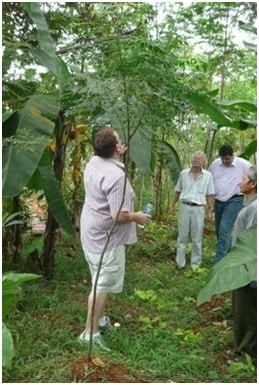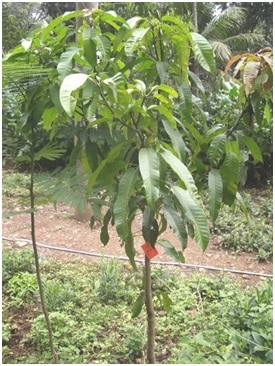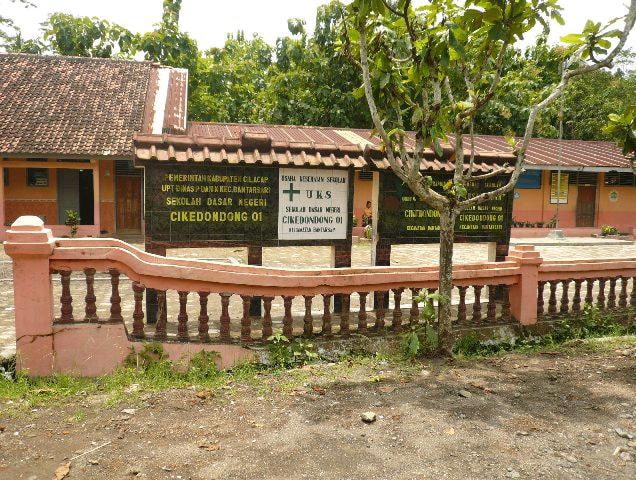During this month, Trees4Trees arranged survey to locations which were possible to develop as eco-tourism in Pati District. Some of the visited locations were valley, creek and path.
During this month, Trees4Trees arranged survey to locations which were possible to develop as eco-tourism in Pati District. Some of the visited locations were valley, creek and path. The activity was delivered as recommended by PUM, a non profit organization based in The Netherland.
Creek with clear water stream as performed in the picture is a valuable asset for establishing eco-tourism. Supporting infrastructure such as road block also becomes determined factor for eco-tourism.
A well preserved spot surveyed. It provided path for trekking and beautiful landscape ahead. A nice spot for eco-tourism which provided natural landscape while participants take a rest.
In the same month, Trees4Trees performed production trial for Sengon in Purbalingga Management Unit. The production located at Target Area of Bojongsari, Patemon, Subdistrict of Bojongsari, District of Purbalingga.
Before performing the production process, farmers and workers received information on how the process goes on, cutting and standard safety procedure from Mr. Ejeb Sudrajat (stand; right). A worker almost finished the cutting process, using a chain saw. He was equipped with safety equipment, such as helmet, mask/glasses, earphone, glove and shoes.
After cutting, the timber on ground was labeled with information containing time of inventorying, area number, tree number, species of tree and stem diameter. The timber was then cut into smaller size, loaded to truck for next process. During the process, started from felling to loading to processor, the timber was registered. The process was called Timber Administration. Mr. Wiwin (right), Secretary of Berkah Lestari farmer group, Target Area Bojongsari, Management Unit Purbalingga was making note about the timber.







